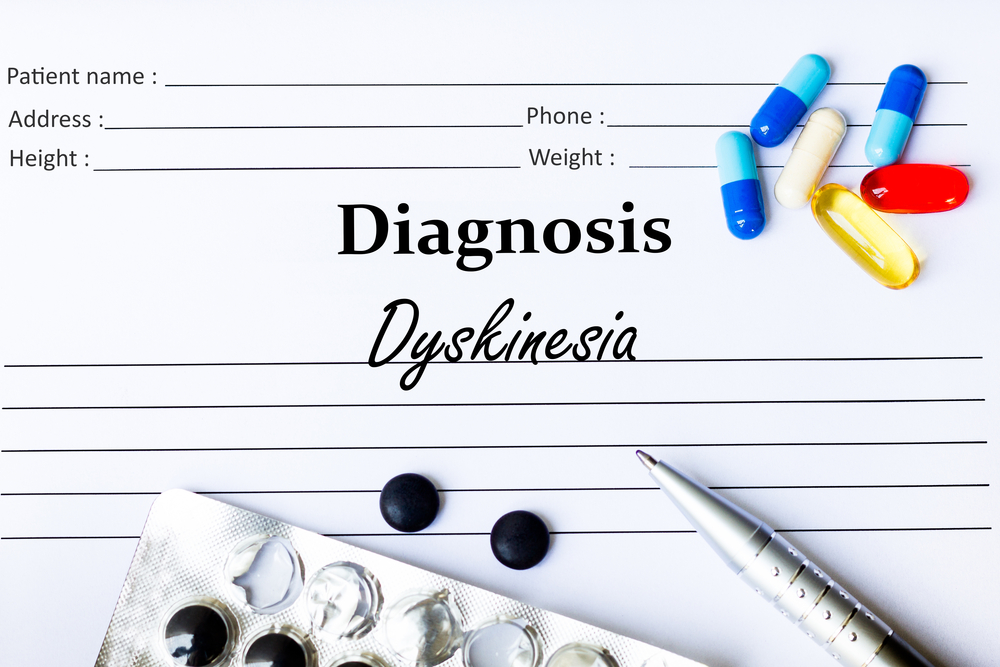Dyskinesia Symptoms And Treatments
Dyskinesia is defined as an abnormal or involuntary movement. However, dyskinesia characterizes the mild to severe symptoms that cause uncontrolled muscle contractions and twitching movements. The level of dyskinesia commonly differs between patients. For example, some Parkinson’s patients will experience only mild motor complications that target isolated muscles—while others suffer severe twitching that causes the entire body to writhe and twitch. Dyskinesia can impact muscles throughout the entire body (i.e., face, arms, legs, and torso), and it often gradually becomes worse as the Parkinson’s disease progresses.

What causes dyskinesia?
Medical professionals attribute Parkinson’s disease to the lack of specific brain cells that produce glutamine, dopamine, and serotonin, all very essential brain chemicals responsible for muscle movement and muscle control. An imbalance in these brain chemicals, particular dopamine, can cause a loss of muscle coordination and control and result in mid to more severe muscle shakiness, twitching, tremors, and even muscle pain and stiffness common to individuals with Parkinson’s disease.
How is dyskinesia treated?
Parkinson’s is a progressive disease, it tends to worsen with time, the symptoms of the disease, including dyskinesia. As a result, doctors will often attempt to control or slow the symptoms with prescription drugs. While levodopa and entacapone are often prescribed to relieve and control these involuntary muscle movements, patients tend to suffer dyskinesia for a long period of time.
Dyskinesia worsens with the long-term levodopa use, which means doctors often attempt to manage the symptoms of dyskinesia by changing the patient’s drug dosage. For instance, a physician may lower the dosage and frequency of prescribed levodopa in order to calm the uncontrolled muscle movements. Other options include introducing extended medication (i.e., amantadine) in order to balance levodopa levels in the body and relieve the discomfort and progression of dyskinesia.















